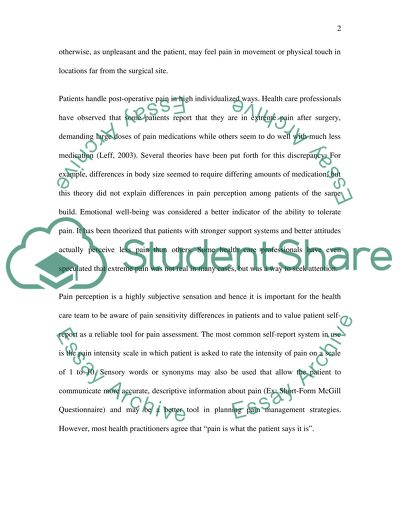Cite this document
(“Post-surgical pain Essay Example | Topics and Well Written Essays - 1750 words - 1”, n.d.)
Retrieved from https://studentshare.org/health-sciences-medicine/1537106-post-surgical-pain
Retrieved from https://studentshare.org/health-sciences-medicine/1537106-post-surgical-pain
(Post-Surgical Pain Essay Example | Topics and Well Written Essays - 1750 Words - 1)
https://studentshare.org/health-sciences-medicine/1537106-post-surgical-pain.
https://studentshare.org/health-sciences-medicine/1537106-post-surgical-pain.
“Post-Surgical Pain Essay Example | Topics and Well Written Essays - 1750 Words - 1”, n.d. https://studentshare.org/health-sciences-medicine/1537106-post-surgical-pain.


